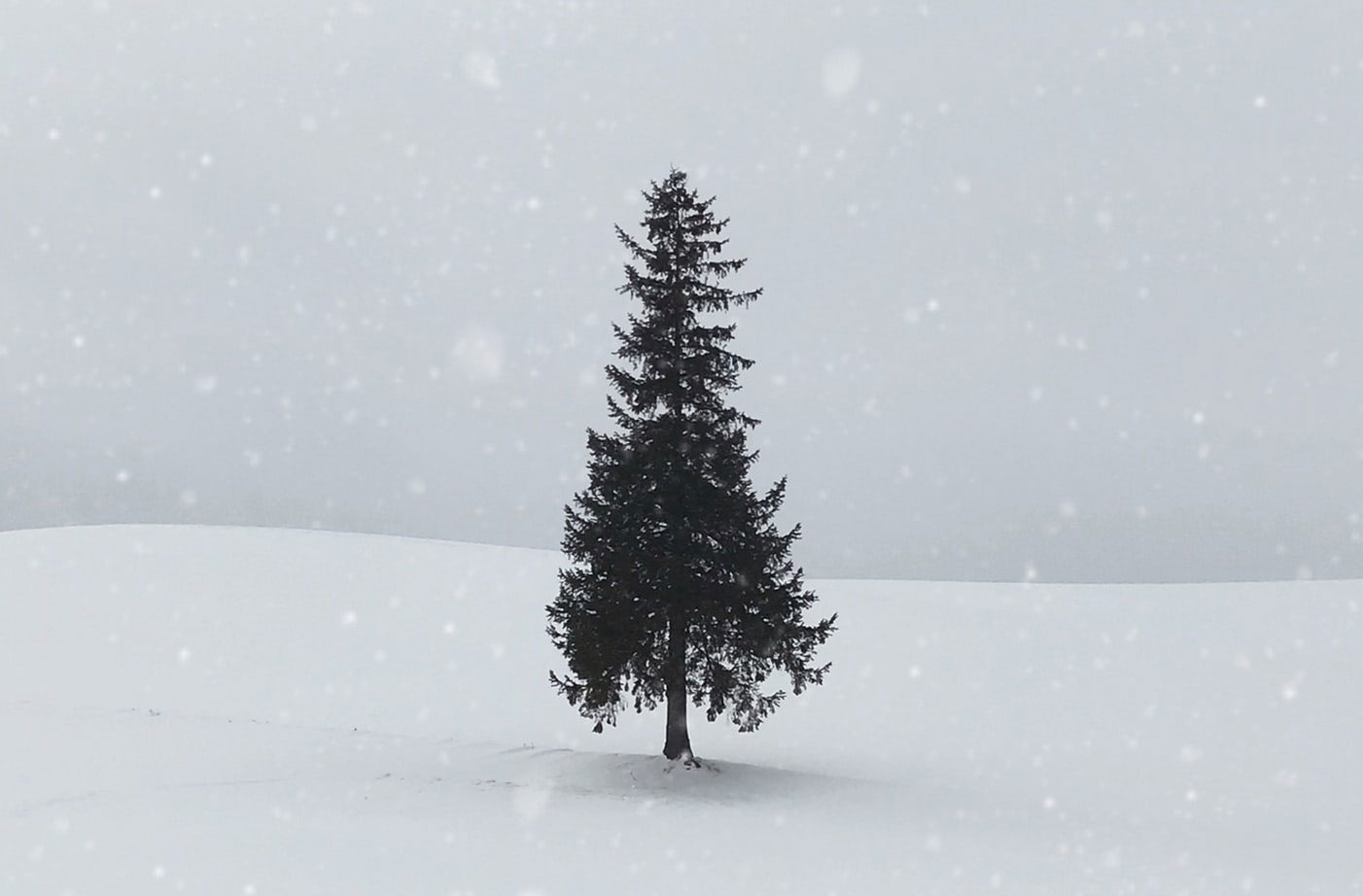Christmas trees are in short supply all over the country. Growers in some states blame the weather, while others blame the recession.
“What recession?” you might ask. That would be the financial crisis of 2008. Christmas trees didn’t sell well that year, so tree farms didn’t harvest as many as usual. As a result, they didn’t have a lot of room to plant new trees. It takes up to 10 years for saplings to assume Christmas tree proportions, so that reduced level of planting back in 2008 showed up as a less abundant assortment in Christmas tree lots, beginning in 2015 or so. Demand was still weak then, so nobody paid attention until the economy turned around.

Too wet, too dry, or too risky?
The weather wasn’t always favorable during those years, either. North Carolina had an unusually rainy spring in 2013, leading to a spread of mold and root rot that ruined a lot of young trees. North Carolina is the number-two tree producer in the U.S. Droughts and declining prices led many tree farmers to switch to crops that take less time to mature.
In Oregon, where 30% of U.S. Christmas trees are grown, there are 382 Christmas tree farms today, down from 614 in 2012, according to CNBC. Farmers are turning to other crops instead, such as grapes or cannabis, says the CNBC report.
Tree farmers in other states also had weather-related problems this year. In California, an entire Christmas tree farm was incinerated in a wildfire, and heavy rains in Missouri caused root damage and fungus that killed many trees and turned the needles brown on others.
Trees traveling farther
Meanwhile, starting in 2017, economic growth spurred extra demand for trees, resulting in a shortage. It’s getting worse, not better, partly because consumers have more money in their pockets, but also because millennials — adults in their 20s and 30s — have a strong preference for natural trees instead of their polyvinyl substitutes. As more members of that generation start families, sales of fresh trees are growing faster than the market for artificial trees, even though those synthetic lookalikes are still used in a majority of households. Fewer trees plus greater demand could add up to trouble for fresh tree enthusiasts.
There are still enough real trees to go around, says the National Christmas Tree Association, a group representing growers. However, the organization notes that trees may have to travel farther than they did in the past — an opportunity for truckers — and they will probably cost more. CNN reported that the average price per tree hit $78 last year for the 32.8 million Christmas trees sold in the U.S., and prices are expected to rise another $3 this year. Back in 2008, the average tree cost $36.50.
Artificial trees remain popular, as well. As many as 80% of households with trees are still decorating the synthetic versions, according to the American Christmas Tree Association, which represents tree manufacturers. Prices are going up for those trees, as well, due to increases in the cost of labor, transportation, packaging materials, or all of the above, says a report in MSN Money. Most of the trees are made in China, but they’ve been exempt from tariffs until now. The new tariffs on Dec. 15 could change that for next year, though.
Related content: How did that Christmas tree get here?

